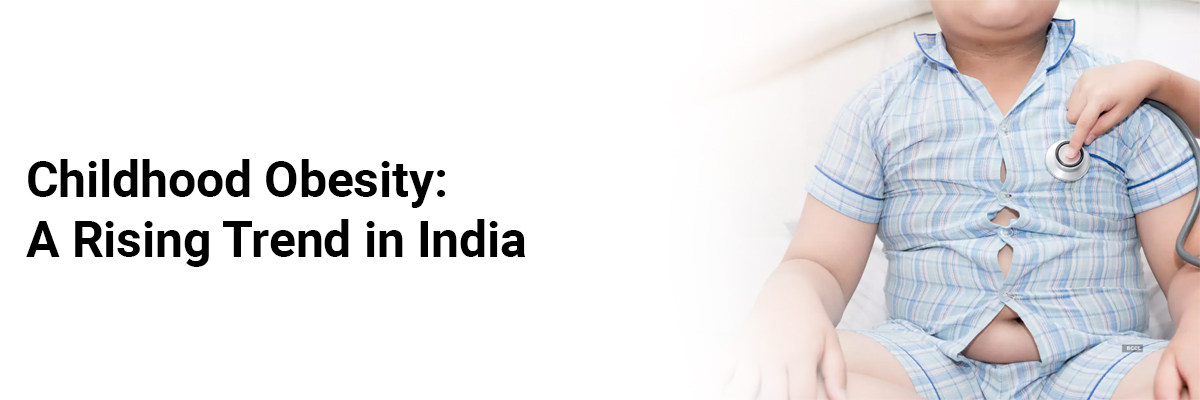
 Mr. Ankit Ahuja
Mr. Ankit Ahuja
Childhood Obesity: A Rising Trend in India
India is on the verge of a nutrition paradox, with high rates of both malnutrition and childhood obesity. According to recent statistics, the prevalence of overweight and obesity in children under five years has nearly doubled in urban areas of India. A clinical survey found that approximately 4.2% of urban Indian children were overweight in 2020 and is projected to have over 27 million obese children by 2030. Though our country ranked 99th out of 183 countries in preparedness to combat the obesity epidemic, the rising trend signals a growing challenge nationwide.
Despite decades of extensive research, the underlying mechanisms of excessive weight gain and adiposity are only partially understood; however, social and environmental factors impacting individuals' energy intake and physical activity levels are considered the major contributors.
Childhood obesity can continue in adulthood leading to a myriad of clinical complications, such as:
- Cardiovascular Diseases such as hypertension (high blood pressure), coronary artery disease, stroke, and heart failure
- Type 2 Diabetes - a condition characterized by high blood sugar levels due to insulin resistance
- Respiratory Issues such as sleep apnea, asthma, and obesity hypoventilation syndrome, where inadequate breathing occurs during sleep
- Joint Problems like osteoarthritis and other musculoskeletal disorders
- Gastrointestinal Disorders- gastroesophageal reflux disease (GERD), gallbladder disease, and non-alcoholic fatty liver disease (NAFLD)
- Cancer, including breast, colon, ovarian, and prostate cancer
- Psychological Effects such as depression, anxiety, and poor self-esteem often stem from societal stigma and discrimination.
- Reproductive Issues in women, like disrupted menstrual cycles, fertility disorders, and risk of complications for both the mother and baby during pregnancy
To combat this growing problem, early intervention and prevention are crucial. Measures such as improving parental nutrition, promoting ideal feeding practices, and addressing obesogenic environmental factors are recommended. Moreover, a collaborative effort involving public, private, health professionals, and non-governmental sectors is essential. It is imperative for India to formulate a national policy and engage the private sector in implementing effective strategies for healthy eating and active living with specific recommendations, including:
- Periodic monitoring of nutritional and obesity status
- Obesity-focused education and clinical counseling interventions
- School-based education and awareness
- Proper Food labeling practices and quality monitoring
- Banning unhealthy food promotions and advertisements
To prevent childhood obesity, it is essential to act now through policy measures, education, and awareness campaigns. The Indian Academy of Pediatrics is set to publish pediatric obesity guidelines and hold a pediatric obesity conclave to raise awareness and commitment to its prevention.
Source: Kinjawadekar
UP. Indian Pediatrics. 2023 Oct 1;60(10):791-2.















Please login to comment on this article